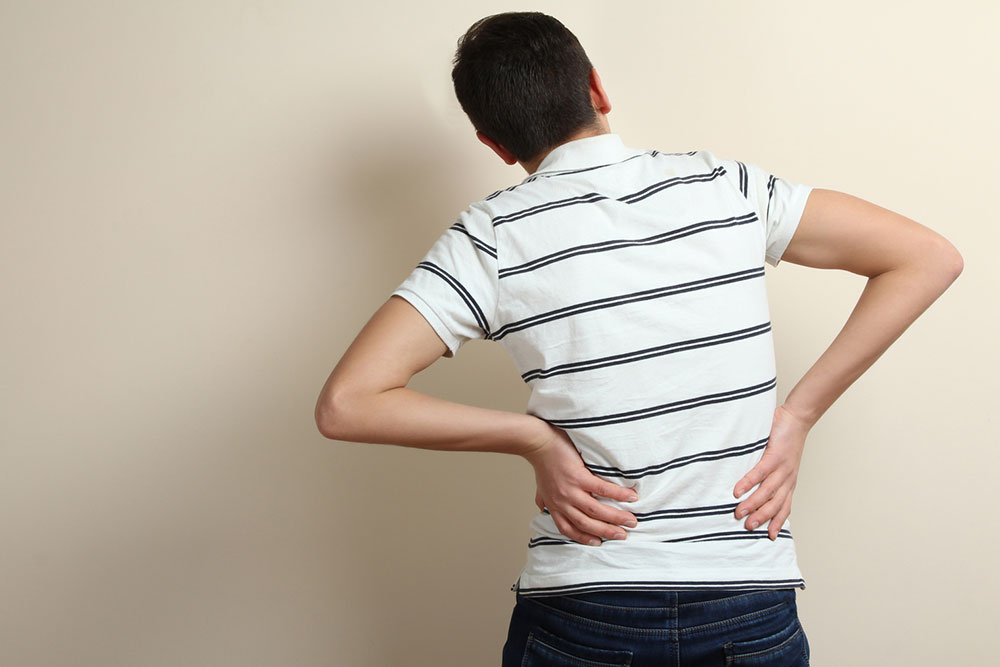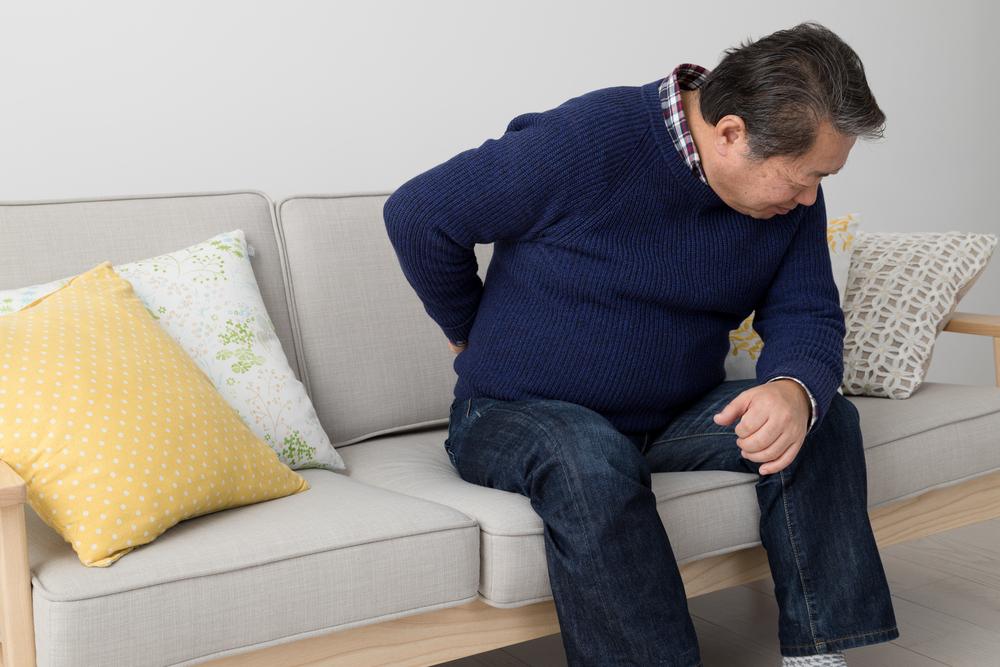Understanding and Managing Lower Back Discomfort
This article explores the common causes of lower back discomfort, its symptoms, diagnostic procedures, and effective treatments. Emphasis is placed on preventive measures like exercise, proper posture, and lifestyle adjustments to maintain healthy back function. Recognizing when to seek medical attention ensures timely intervention. The content aims to inform readers about managing lower back pain and preventing future episodes for better spinal health.

Understanding and Managing Lower Back Discomfort
If you're dealing with lower back discomfort, you're not alone. Over 80% of adults experience this issue at some point. Common causes include prolonged sitting, lack of physical activity, improper sleeping positions, and heavy lifting.
Lower back discomfort is not a disease but a symptom that can stem from various factors. It involves the lumbar bones, muscles, nerves, and discs. The pain can range from mild, persistent aches to sudden, intense jolts. The duration is classified as:
Acute (less than six weeks)
Sub-acute (6-12 weeks)
Chronic (more than 12 weeks)
The lumbar spine's five vertebrae (L1-L5) support most of the body's upper weight.
The intervertebral discs act as cushions between vertebrae, absorbing shocks during movement. Ligaments hold the spine in place, while tendons connect muscles to the backbone.
Lower back discomfort can be sensitive to specific body movements or pressures, often intensifying with certain actions.
Common Causes of Lower Back Discomfort
Muscle strains and ligament sprains. Overstretching or improper lifting can cause tears or injuries, leading to pain.
Degeneration of intervertebral discs. Aging causes these shock absorbers to weaken, resulting in discomfort.
Kidney stones. Movement of stones within the kidneys or ureters can cause lower back pain.
Kidney infections. These infections, starting from urinary tract issues, can lead to severe back pain, fever, and nausea.
Ulcerative colitis. Persistent inflammation of the colon may cause abdominal cramps and weight loss.
Pancreatitis. Inflammation of the pancreas results in abdominal pain that can radiate to the back.
Other internal factors include poor postures during sleep or standing, minor injuries, related organ problems, herniated discs, or spinal injuries. Proper diagnosis and timely treatment are essential for effective management.
When is Medical Attention Needed?
If pain persists despite rest, medication, or activity adjustments, or if it worsens after injury, medical consultation becomes necessary. Inability to perform daily activities or experiencing severe pain, fever, or neurological symptoms require urgent care.
Diagnostic Procedures for Lower Back Pain
CT scans
Discography
Bone scans
Myelograms
MRI scans
Electrodiagnostic tests
Ultrasound imaging
Treatment Options
Initially, conservative, non-drug approaches are preferred. If pain persists, non-steroidal anti-inflammatory drugs (NSAIDs) may be used temporarily. Surgery is considered if conservative management fails or in severe cases. Symptoms like worsening pain, loss of function, or neurological deficits indicate the need for surgical intervention. Treatment methods include:
Physical therapy
Strengthening exercises
Application of hot or cold packs
Medications including analgesics, antidepressants, and NSAIDs
Invasive procedures such as discectomy, spinal fusion, or vertebroplasty
Prevention Strategies
Regular exercise is effective in preventing and reducing recurrences of lower back discomfort. Using medium-soft mattresses, practicing proper sitting and lifting techniques, and maintaining an active lifestyle can help. Avoiding hard mattresses and ensuring good posture also contribute to back health. However, evidence regarding shoe soles' impact remains inconclusive.
**Disclaimer:** The information provided aims to educate and inform. It should not replace professional medical advice. Always consult healthcare providers for diagnosis and treatment options tailored to individual needs.










